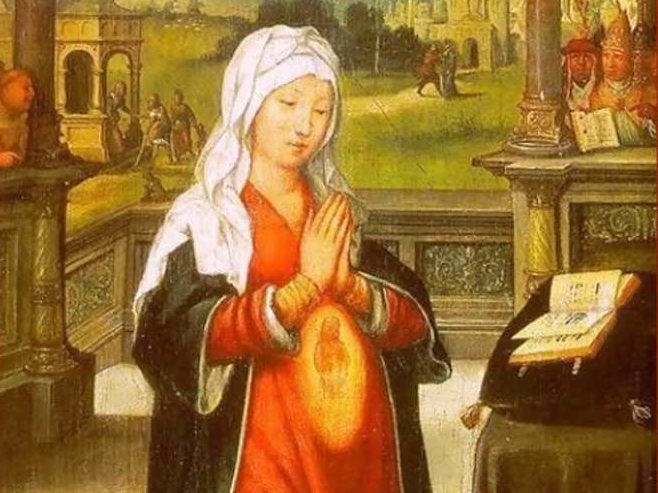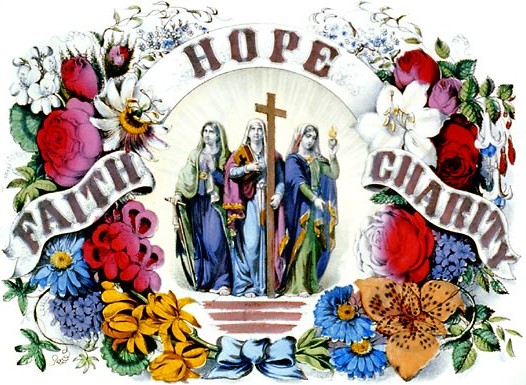
TRANSUBSTANTIATION INTO THE IMMACULATE
We belong to her, to the Immaculate. We are hers without limits, most perfectly hers; we are, as it were, herself. Through our mediation she loves the good God. With our poor heart she loves her divine Son. We become the mediators through whom the Immaculate loves Jesus. And Jesus, considering us her property and, as it were, a part of his beloved Mother, loves her in us and through us. What a lovely mystery! We have heard of persons who are obsessed, possessed by the devil, through whom the devil thought, spoke, and acted. We want to be possessed in this way, and even more, without limits, by her: may she herself think, speak, and act through us. We want to belong to such an extent to the Immaculate that not only nothing else remains in us that isn’t hers, but that we become, as it were, annihilated in her, changed into her, transubstantiated into her, that she alone remains, so that we may be as much hers as she is God’s. She belongs to God, having become his Mother. And we want to become the mother who would give the life of the Immaculate to every heart that exists and to those who will still come into existence. –St. Maximilian Maria Kolbe, Scritti di Massimiliano Kolbe, Roma
St. Maximilian Maria Kolbe uses the expression transubstantiation into the Immaculate to describe the desired effect of total consecration to the Blessed Virgin Mary. The use of the same term that describes the complete substantial transformation of bread and wine into the Body and Blood of Christ to describe our complete substantial offering of ourselves to Mary is not accidental.
To quote the classical Aristotelian axiom: “What is first in intention is last in execution.” Christ was the first in the mind of God before the creation of the world. The thought of Christ was “followed” immediately in the mind of God by the thought of the Blessed Virgin Mary, who was predestined by God’s eternal decree to be the Mother of Christ.
The use of the term “transubstantiation” to describe the ultimate perfection of the union of love between divine and human will known as the Immaculate Conception recalls a parte rei the connection between the mystery of Mary on the one hand (and derivatively any type of Mariology, whether “Christo” or “Ecclesio” typical) and that of the Eucharist, whether in reference to the Head of the Church or in reference to the members of the Body of Christ perfectly incorporated into that Body….Fr. Peter Damian Fehlner expounds:


